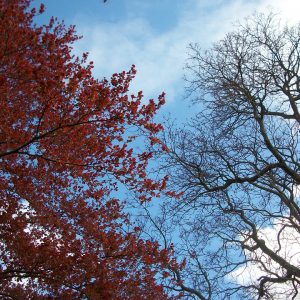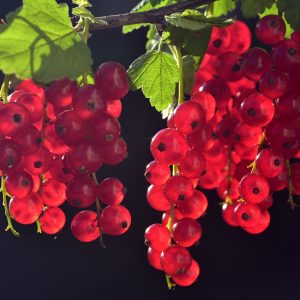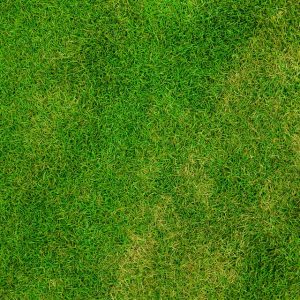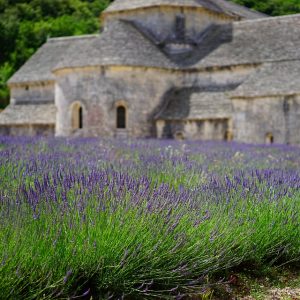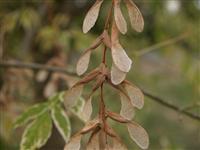
“A detailed course for anyone involved with propagation”
A 700-hour course designed principally for plant propagators. This course is similar to other VHT002 horticulture certificates in its introductory (core) units but devotes 50% of the course to topics specifically related to plant propagation, dealing with hundreds of different types of plants, and methods used to propagate them.
Study Plant Propagation
The Certificate in Horticulture (Plant Propagation) is a vocationally-oriented course comprising a core of studies common to all horticulture certificates, plus specialised studies in plant propagation.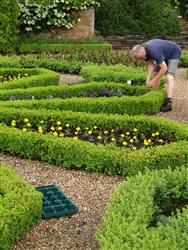
The objective of the course is to:
- develop skills and knowledge about propagating different types of plants by seed, cuttings, budding and grafting, separation, division and layering in a commercially viable way.
- develop skills and knowledge about tools, equipment & growing structures used in a nursery for plant production.
- develop general skills in horticultural practices and plant identification.
This Certificate involves the following areas of work:
*CORE STUDIES – fifteen lessons involving at least 350 hours.
*STREAM STUDIES – stream studies on plant propagation involving at least 350 hours of study.
CORE STUDY LESSONS
There are 15 lessons in the first half (core):
- Introduction to Plants
- Nomenclature and taxonomy, the plant kingdom, genus, species, hybrids.
- Parts of the Plant
- How plants grow, plant structure, parts of the flower and leaf, stem & root modification.
- Plant Culture – Planting
- How to plant and protect newly planted specimens, terms like: annuals, biennials, perennials, deciduous, evergreen and herbaceous plants.
- Plant Culture – Pruning
- Purpose for pruning, rules for pruning, how to prune.
- Plant Culture – Irrigation and Machinery
- Different irrigation systems, components of an irrigation system, designing an irrigation system, selection, use and maintenance of machinery and tools.
- Soils & Media
- Soil classifications, testing soil, potting mixes, the U.C. System, ingredients of potting mixes.
- Soils & Nutrition
- Fertilisers – deficiencies and toxicities, NPK ratios, salting, fertiliser programming, compost.
- Propagation – Seeds & Cuttings
- How to propagate plants by seed and cuttings, propagating mixes, cold frame construction, after care for young plants.
- Propagation – Other Techniques
- Other methods – budding, grafting, layering, division and tissue culture.
- Identification and Use of Plants
- How are plants used in the landscape, how to choose and purchase plants, selecting plants suitable for the climate and site.
- Identification and Use of Plants
- Problems with plants and choosing plants for problem sites.
- Identification and Use of Plants
- Indoor and tropical plants, flowers, herbs, bulbs, ferns.
- Pests
- Identifying and controlling pests, chemical and natural methods for control, chemical
- safety precautions.
- Diseases
- Identifying and controlling diseases, plant pathology, fungi, viruses, non-pathogenic
- problems, interactions with the host and the environment.
- Weeds
- Identifying and controlling weeds, chemical terminology.
Each lesson culminates in an assignment which is submitted to the school, marked by the school’s tutors and returned to you with any relevant suggestions, comments, and if necessary, extra reading.
STREAM STUDY LESSONS
There are four major topic areas comprising fifteen lessons in the second half:
The content of the fifteen lessons is as outlined below:
UNIT 1. SEED PROPAGATION
Lesson 1. Methods Of Propagation
Lesson 2. Seed Propagation A
Lesson 3. Seed Physiology & Germination
Lesson 4. Seed Propagation B
UNIT 2. CUTTING PROPAGATION
Lesson 5. Propagation By Cuttings A
Lesson 6. Propagation By Cuttings B
Lesson 7. Efficiencies In Cutting Production
UNIT 3. BUDDING, GRAFTING & OTHER PROPAGATION TECHNIQUES
Lesson 8. Miscellaneous Propagating Techniques
Lesson 9. Budding & Grafting
Lesson 10. Tissue Culture
Lesson 11. Layering
UNIT 4. NURSERY PRODUCTION SYSTEMS & EQUIPMENT
Lesson 12. Propagating Structures & Equipment
Lesson 13. Propagating Materials
Lesson 14. Nursery Management A
Lesson 15. Nursery Management B
What do our students think about the course? I have learnt so much from this course. I have learnt how easy and how much material strikes and grows, if you follow the rules. I learnt to propagate bulb leaves and grow them on. There are so many more plants that can be propagated and its not hard to do. I hope more people take up the challenge. As I don’t have the internet, it’s good to be able to use what may be an old fashioned way of learning. Please don’t change, I don’t think I’m the only one wanting to learn without the internet. Pauline Ross, Cutting Propagation course.
What You Will Do
- Collect seed from and propagate different varieties of plants with that seed.
- Describe the method and time of year used to propagate at least 200 different plant varieties.
- Draw and label the parts of a seed.
- Explain how a seed germinates, and grows in the early stages of its development.
- Explain a variety of different harvest and post harvest treatments for seed.
- Explain a variety of pre-germination treatments for seed.
- Collect, identify and prepare cuttings for at least 50 different varieties of plants.
- Propagate from cuttings and successfully grow on ten different plant varieties to the stage of a saleable tube.
- Mix and use a propagation media suited to propagating cuttings and seed.
- Explain the reasons why particular propagation methods are preferred to other methods.
- Explain the propagation of at least 40 different varieties of plants by grafting or budding.
- Prepare examples of at least ten different types of grafts.
- Successfully execute at least ten grafts using at least ten different plant variety combinations.
- Propagate fifteen different plants by methods including separation, division and layering.
- Explain tissue culture techniques and their commercial relevance in plant production.
- Consider site features which are important to the operation of a nursery.
- Explain different nursery production systems.
- Construct a simple inexpensive cold frame.
- Prepare a routine maintenance program for plants in a production nursery.
- Analyse and report on the operation of two different production nurseries.
- Prepare a floor plan for the interior layout of a propagation/potting area.
- Describe how to pot up and plant out at least 20 different types of plants.
- Describe soils and potting media in terms of texture, structure and water holding and nutrient holding capacity.
- Prescribe methods of improving soil structure, infiltration rate, water holding capacity, drainage and aeration.
- Describe how to grow plants successfully in containers.
- Describe suitable potting mixes for container growing of five different types of plants.
- List safety procedures to be followed in a nursery.
- Show an awareness of irrigation equipment and its operation in a nursery.
- AND LOTS MORE
- Explain growing structures and equipment used to enhance the propagation of plants including, hot beds, misting, fogging, cold frames and greenhouses.


